Được thành lập vào năm 1993 với mong muốn cung cấp cho người dân Montreal những sản phẩm địa phương tại thị trường tương ứng với bản sắc văn hóa của họ, chợ công cộng Jean-Talon đã và đang là địa điểm quen thuộc của người dân bản địa và hơn thế, chợ thu hút nhiều du khách đến tham quan và mua sắm.
Ngày nay, chợ Jean-Talon là nơi tập trung của nhiều nhà cung cấp khác nhau và là nơi gặp gỡ của các nền văn hóa nông thôn, thành thị khác nhau. Du khách có thể tìm thấy các loại thực phẩm khác nhau tại khu chợ Jean-Talon như: trái cây, rau quả tươi, hoa, cá, các loại thịt, gia vị, phô mai, những loại bánh thủ công,… Điều đặc biệt là hầu hết các sản phẩm ở đây là đặc sản địa phương hoặc khu vực.
Trang web: www.marchespublics-mtl.com
Điện thoại: 514 937-7754
Giờ hoạt động:
Thứ hai – Thứ sáu: 09:00 – 18:00
Thứ bảy – Chủ nhật: 08:00 – 18:00

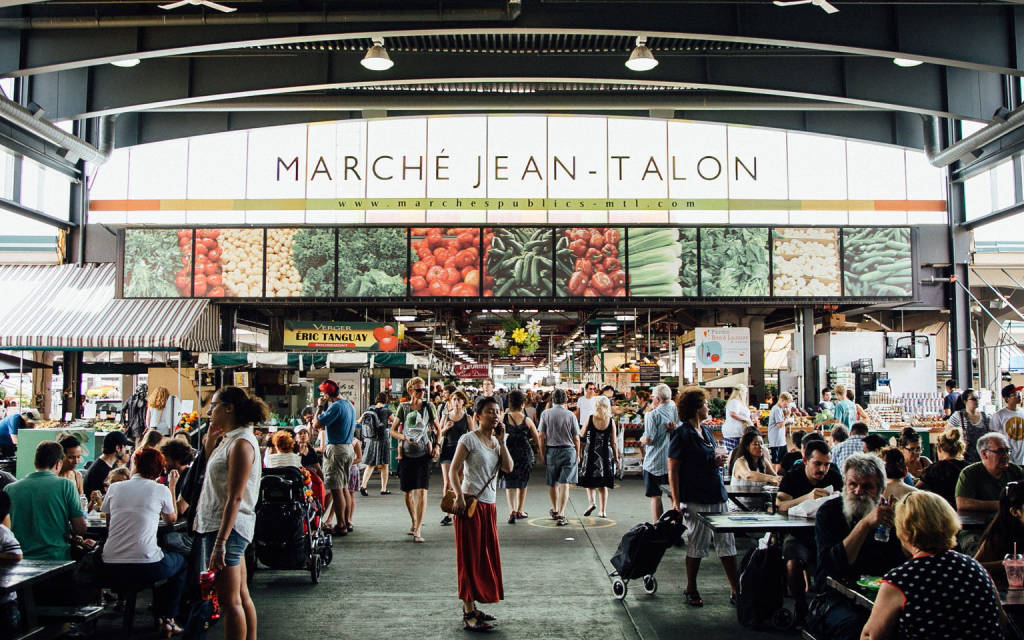
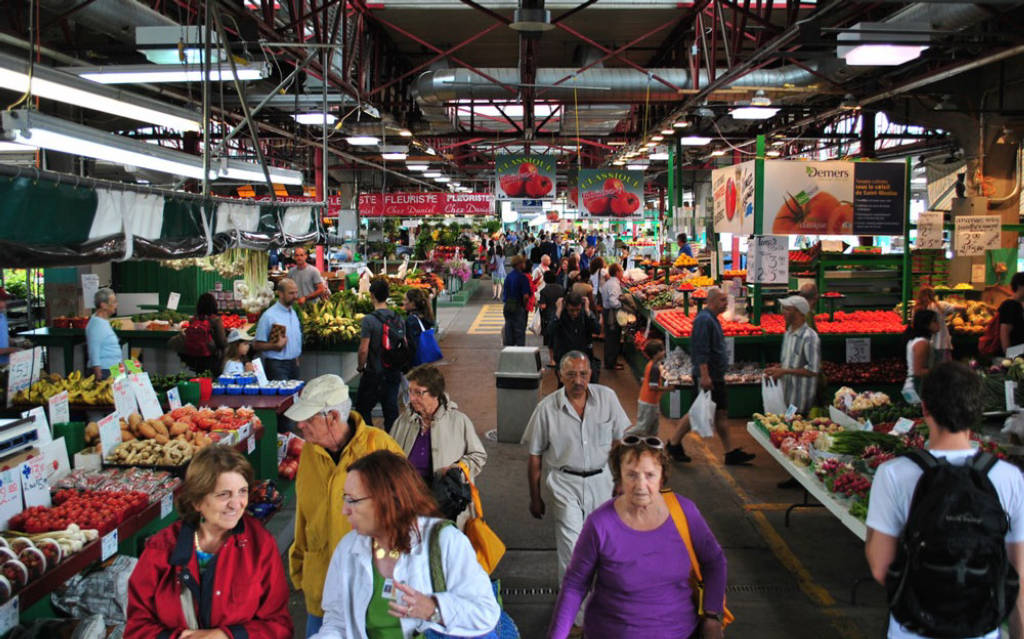
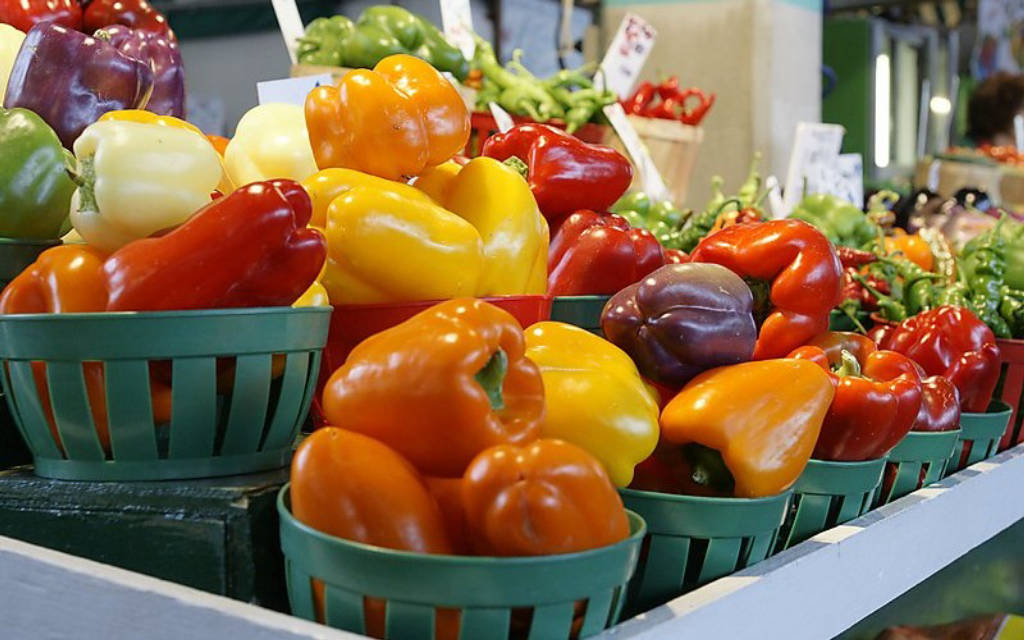
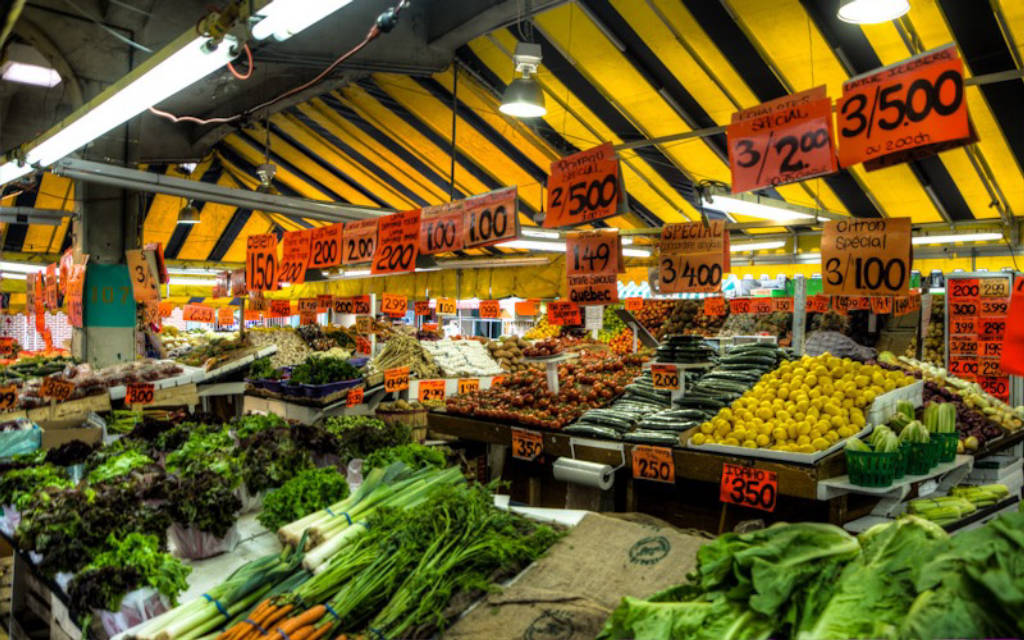
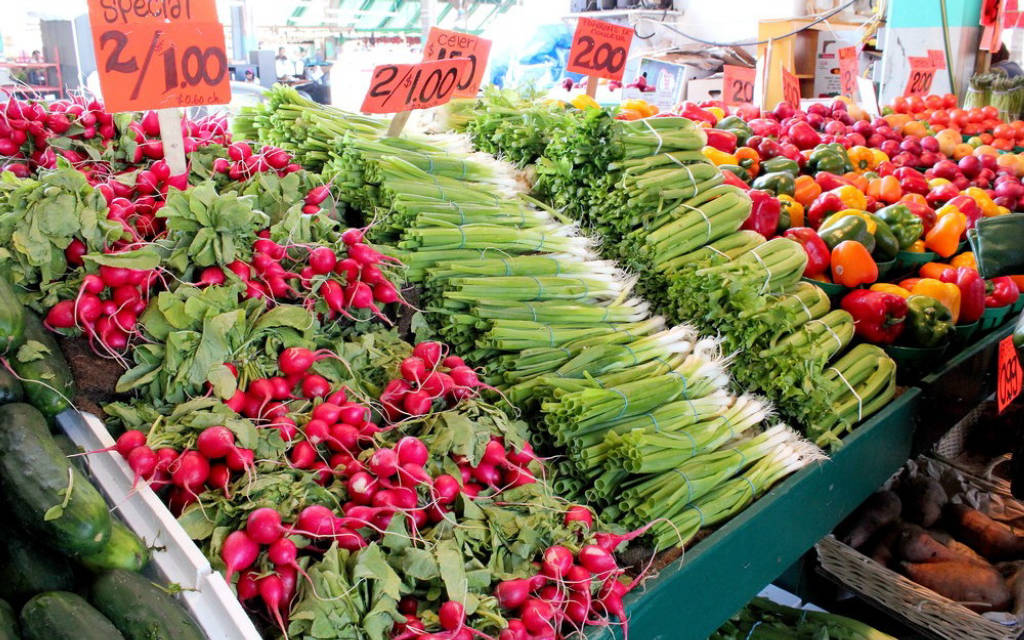
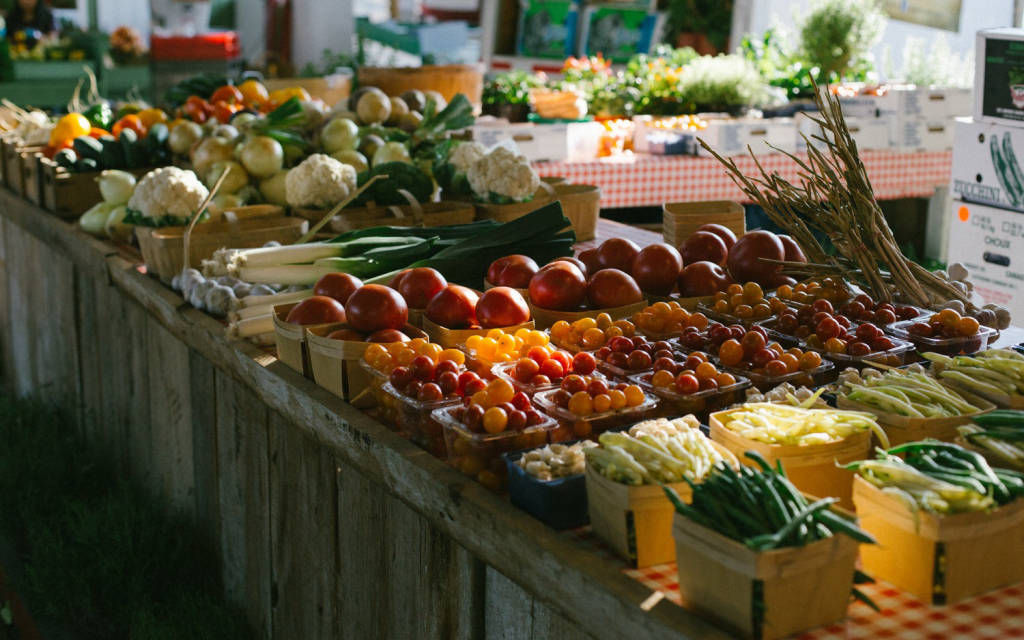






 7070 Avenue Henri-Julien, Montréal, QC H2S 3S3, Canada
7070 Avenue Henri-Julien, Montréal, QC H2S 3S3, Canada